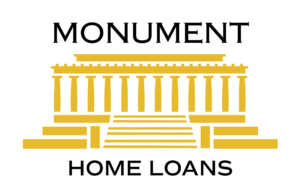7 ways to save when building a house

When it comes to building, the general rule for keeping it affordable is to keep it as simple as possible. A simple crackerbox-style house on a flat lot in a subdivision with utilities is going to be much more affordable than a Victorian house in the woods built into a steep hill. 1. Work with […]
What’s a barndominium?

A Barndominium a trendy new type of home that’s gaining popularity. They’re usually defined as an energy-efficient low maintenance metal building you can live in. Think of a warehouse or metal barn with the inside transformed into living quarters. That’s a barndominium. Sometimes they have an attached shop, horse stable, or garage. Sometimes not. The […]
What Is Mortgage Insurance?

Mortgage insurance is an insurance policy that benefits the lender in the case a borrower defaults, dies, or is otherwise unable to meet the obligations of their loan. If that should happen, the insurance company would pay the lender a portion of the principal balance of the loan. The insurance policy is paid for by […]
What happens when a home lender checks your credit?
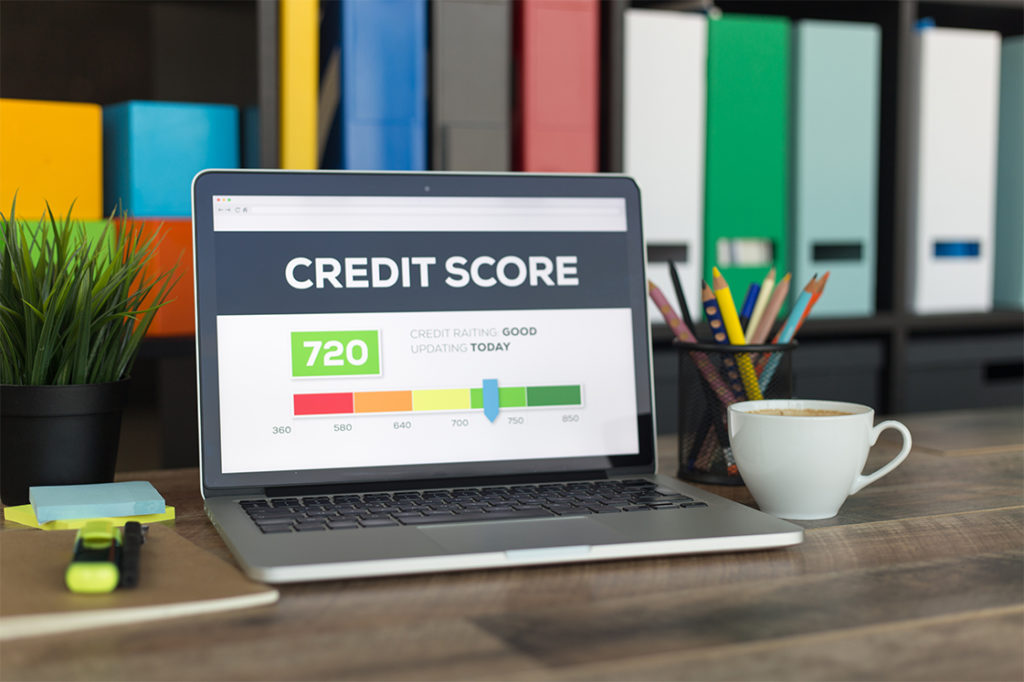
One of the first steps in applying for a loan is having a home loan lender check your credit to see what you’d qualify for. What does that mean and what impact will it have on your credit score? Your lender will see your credit reportYou begin building your credit history with your first credit […]
Tips for first-time home buyers
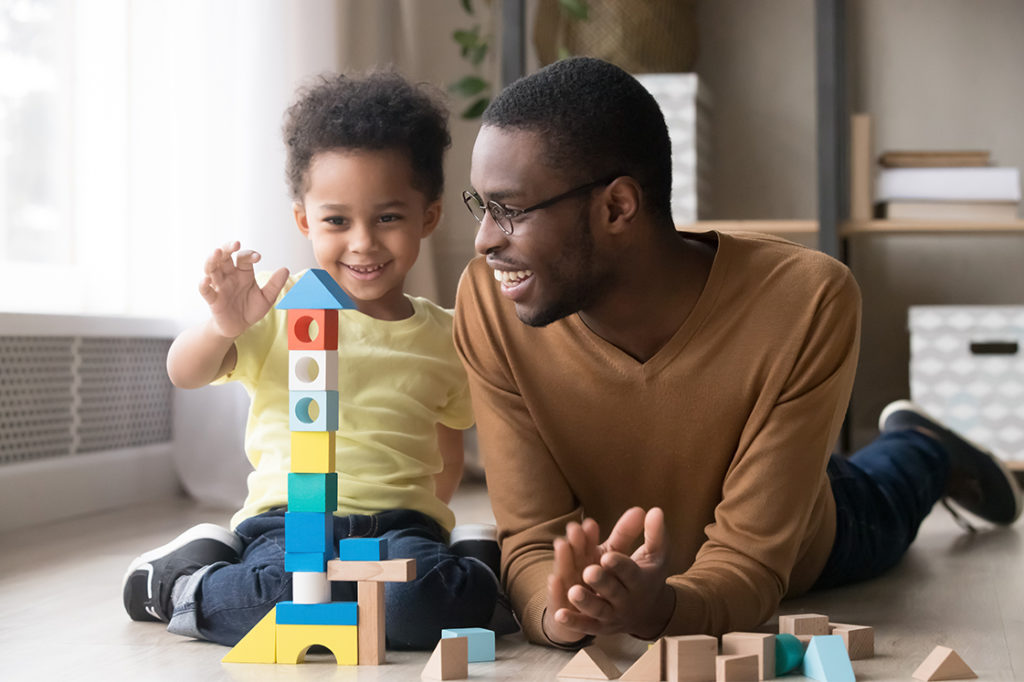
Whether it’s your first time buying a home or it’s been a few years since you last bought one, knowing where to start is your first step towards finding a home that fits your needs. Save for a down paymentThe amount of money you’ll need for a down payment depends on the type of loan […]
The difference between a 30 and 15-year fixed mortgage
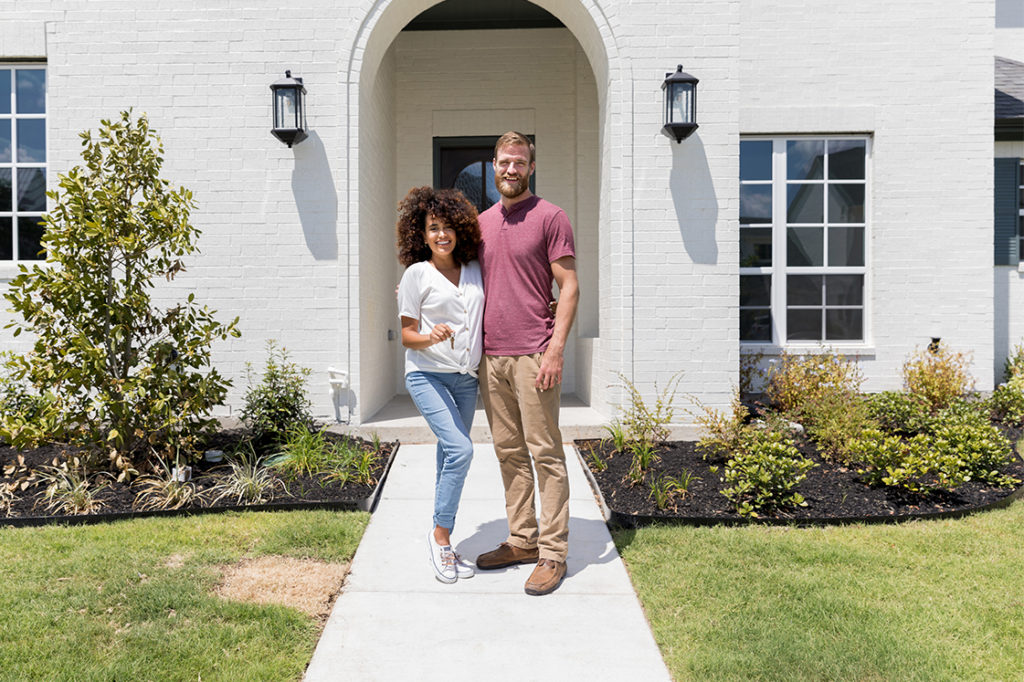
A mortgage term is how long it will take you to repay the loan in full. There are a few term options, but most common are 15 or 30-year terms. Both mortgage options are fixed rate meaning the interest rate and monthly payment is set when the loan is taken. A fixed-rate makes it much […]
Renovation and construction loans shine in a sellers’ market
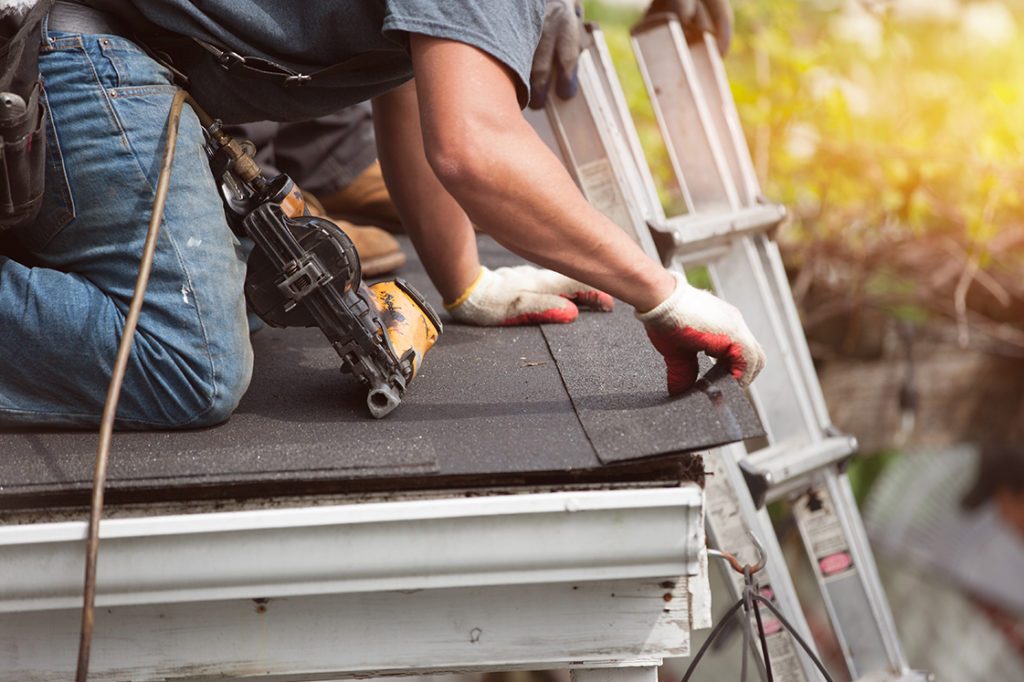
All across the country, home buyers are struggling to purchase a new house. When we see what’s happening in the market, it’s easy to see why: Average changes in February 2020 vs February 2021Inventory is down – 48.6% fewer homes on the marketHomes are selling faster – 12 days less on the marketHome prices are […]
Now is a great time for a renovation loan
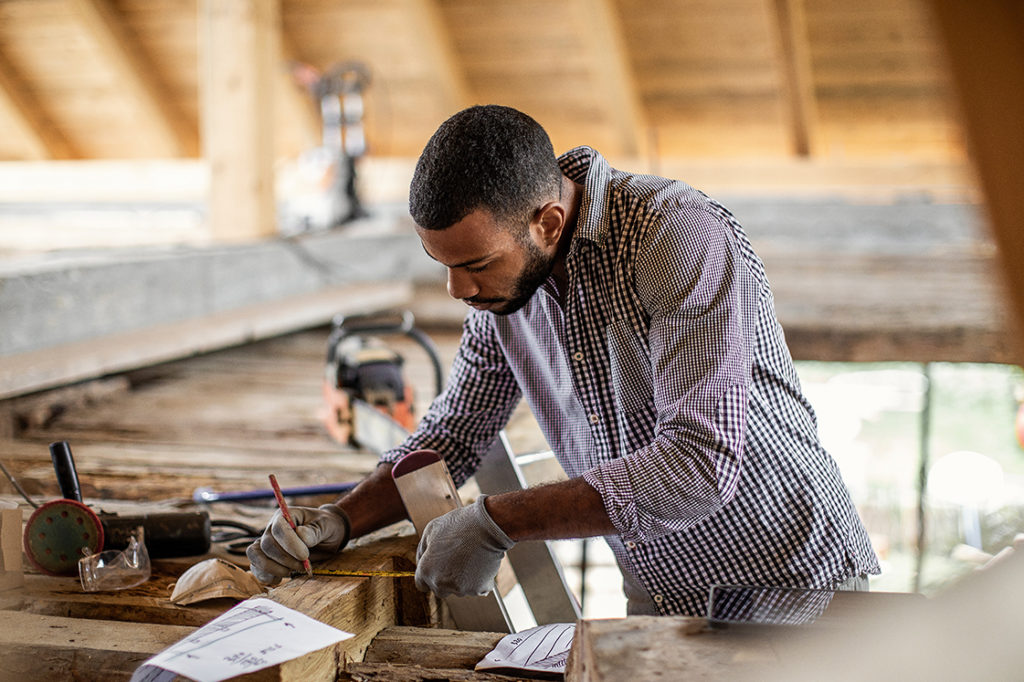
If you’re looking to purchase a new home but are struggling to find one you can afford, you’re not alone. Across the country, inventory is low and bidding wars are the norm. In the hottest markets (Austin, Phoenix, Nashville), homes are listed for a week or less before they have more than a dozen offers […]
Financial benefits of owning a home
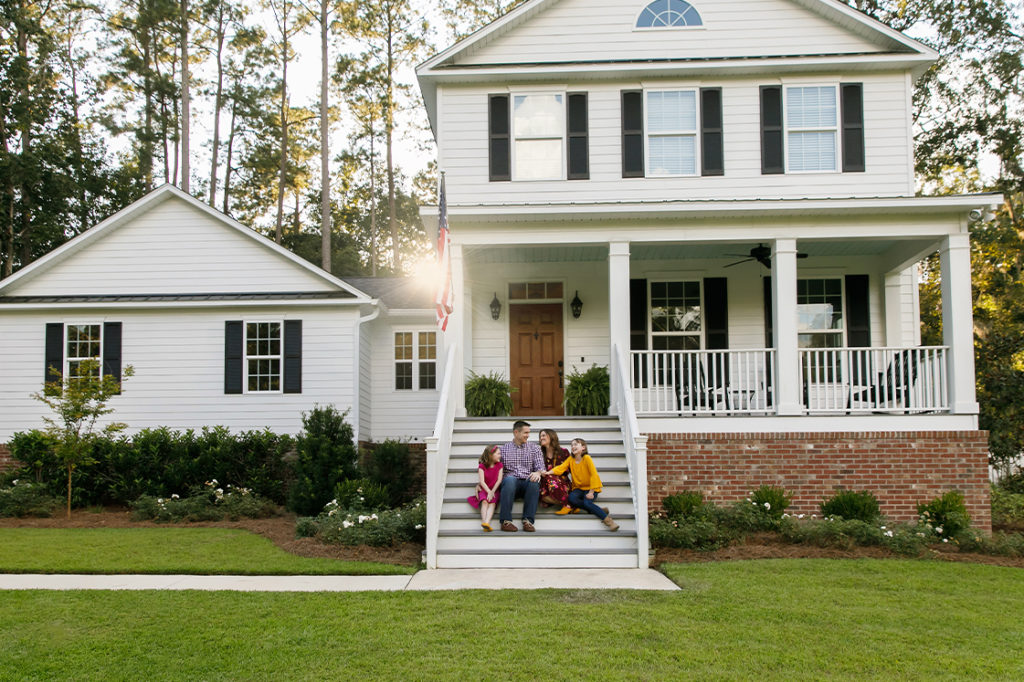
Buying a home has long been considered part of the American dream. But when you consider a home as a financial investment, is it a good choice? Below is a review of some big financial benefits of homeownership. Build equity Equity is the value of the property you actually own. As example, if your home […]
Conforming loan limits for 2021
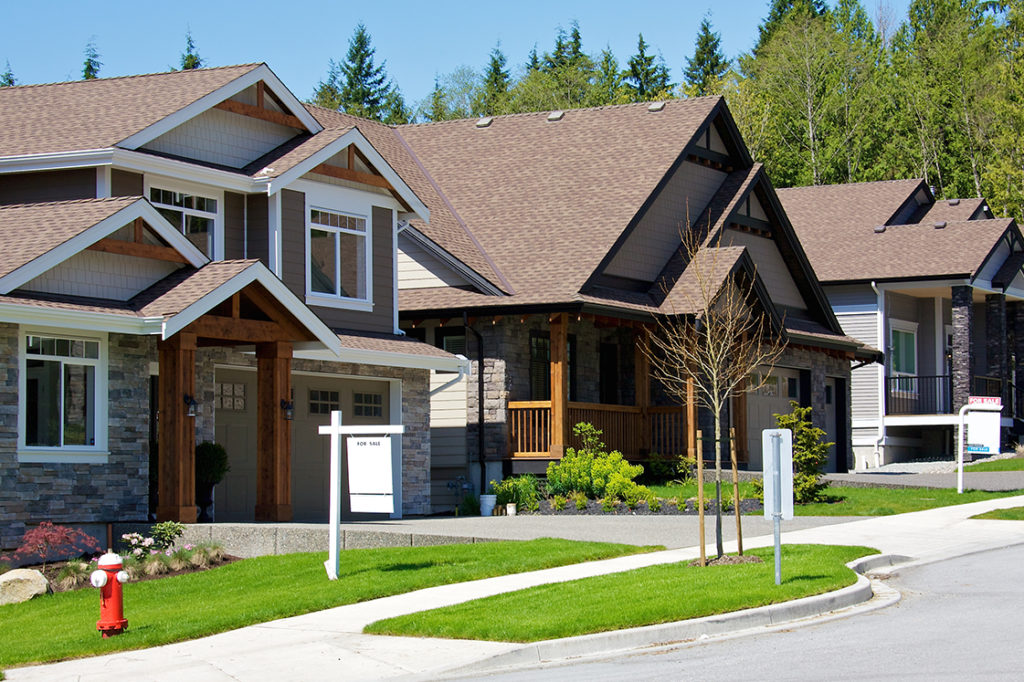
When applying for a mortgage, one of the most popular options is a conforming loan. These loans are called “conforming” because they conform to the guidelines set by Fannie Mae and Freddie Mac, federally backed home mortgage companies created by the U.S. Congress to boost homeownership. What do Fannie Mae and Freddie Mac Do?These entities […]

